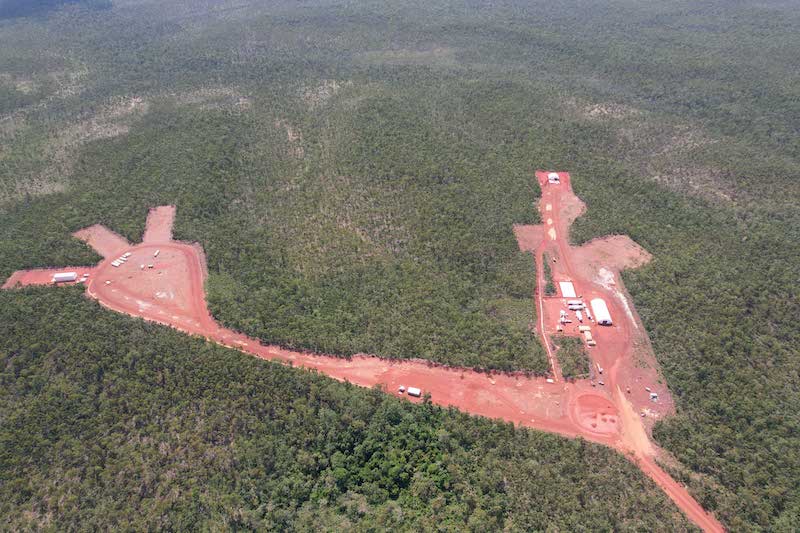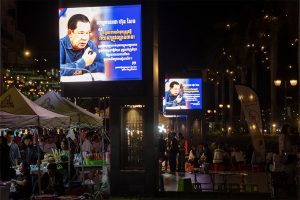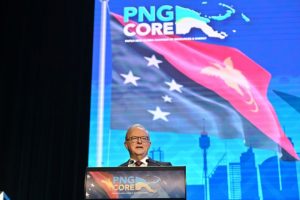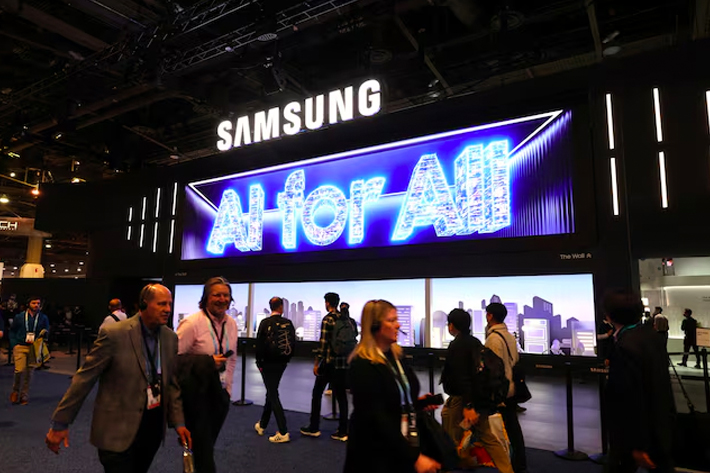NASA will launch three rockets from northern Australia – the first time the US space agency will use a commercial facility outside the US.
The Australian government has granted regulatory approval for the rockets to be launched from the privately owned Equatorial Launch Australia‘s (ELA) Arnhem Space Centre, new Prime Minister Anthony Albanese said on Wednesday.
“This is a really exciting project,” Albanese said during a media briefing in Darwin, the capital of the Northern Territory. “The idea that NASA is directly involved here in Australia should be something of pride for all Australians.”
The NASA missions will investigate heliophysics, astrophysics and planetary science phenomena that can be only seen from the southern hemisphere. The first rocket will blast off on June 26, while the others are planned for July 4 and 12.
Science Missions
“This commercial launch range in Australia opens up new access to the Southern Hemisphere’s night sky, expanding the possibilities for future science missions,” Thomas Zurbuchen, NASA associate administrator for the Science Mission Directorate, said.
About 75 NASA personnel will be in Australia for the event, the prime minister said. The launches will be the first by the US space agency from Australia since 1995.
“We’re excited to be able to launch important science missions from the Southern Hemisphere and see targets that we can’t from the United States,” Nicky Fox, director for NASA’s Heliophysics Division, said.
“The launches this summer will allow us to explore how a star’s light can influence a planet’s habitability among other things.”
The Arnhem Space Centre was recently awarded a launch facilities licence and launch permit for the NASA campaign after a two-year evaluation by the Australian Space Agency.
The Northern Territory government has backed the project from its inception, investing A$5 million ($3.6 million) in ELA.
“This is a landmark occasion for the Top End,” Northern Territory Chief Minister Natasha Fyle said, referring to the geographic region at the territory’s north.
“NASA is adding capacity and rocketing (the region) into the global spotlight for investors.”
- Reuters, with additional editing by George Russell
READ MORE:
NASA Mars Recordings Reveal Two Speeds of Sound – Nature
NASA to pay company $1 to collect moon rocks
Musk Plan for a Million on Mars by 2050 a Delusion – Gizmodo






















